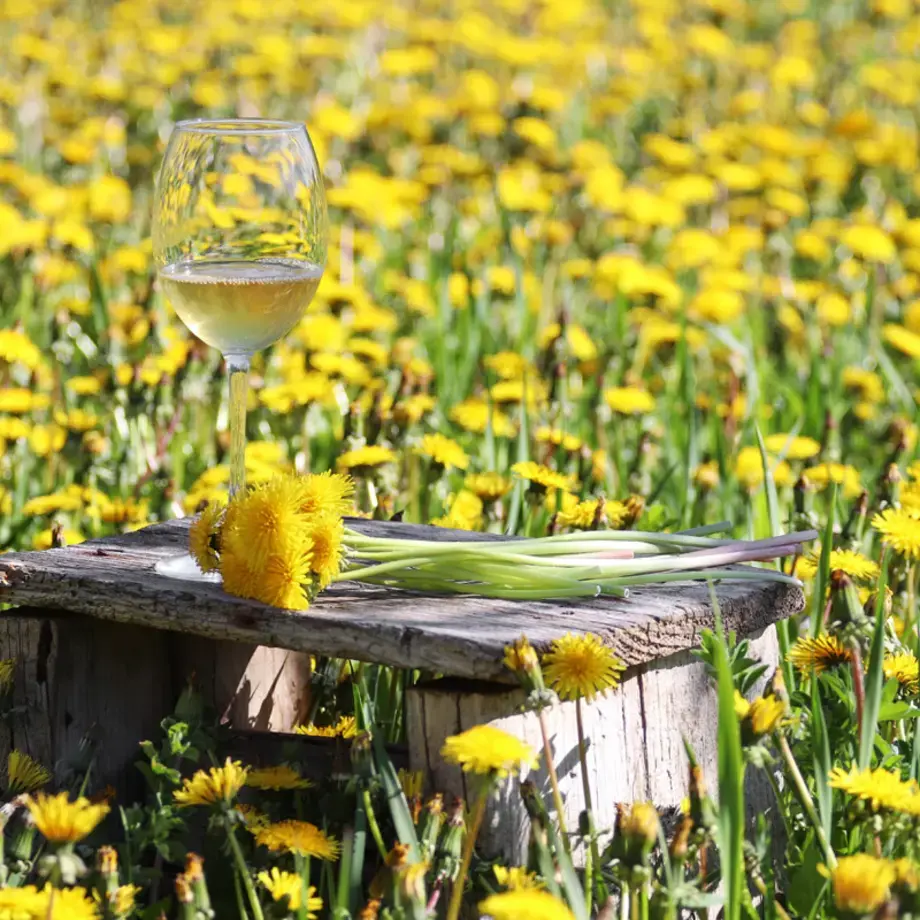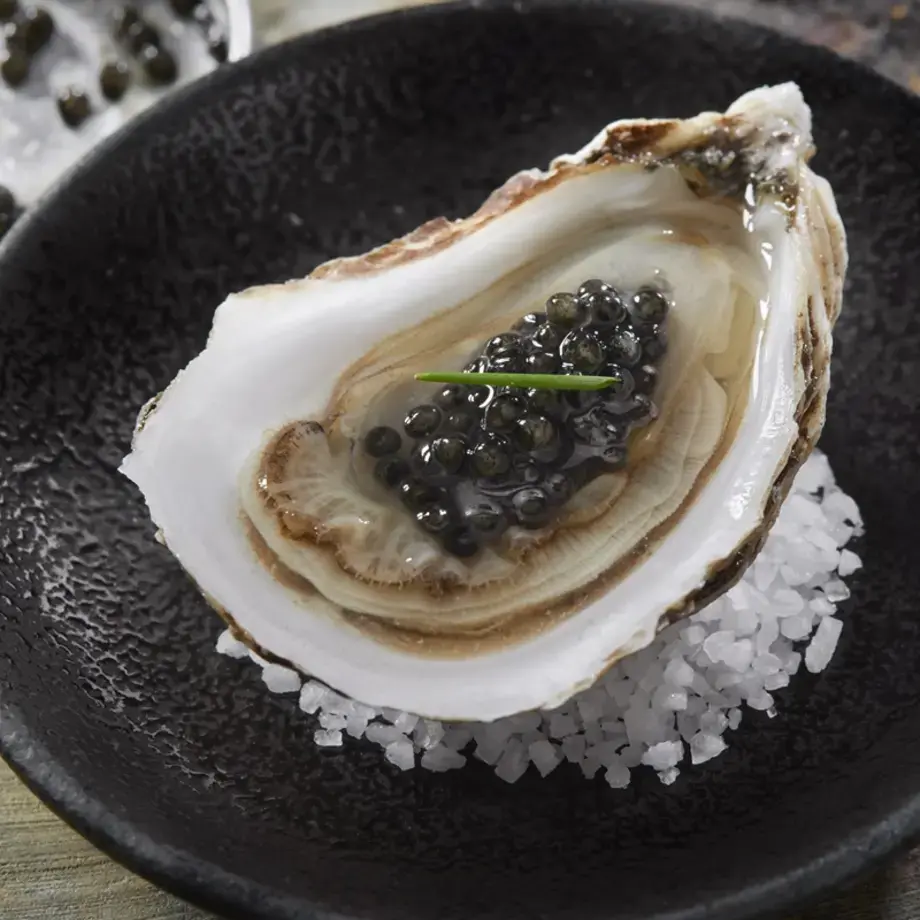Winter season fruits are abundant and delicious at this time of year, and as the days draw in and the temperatures plunge, cooking with the fruits available in winter will help you keep a healthy diet, but also allow you to try a whole range of winter fruit recipes.
Here you can find the top 10 winter fruits, along with a list of recipes, including winter apples and all the best winter fruits to use in your kitchen this season. Try some for yourself.
















